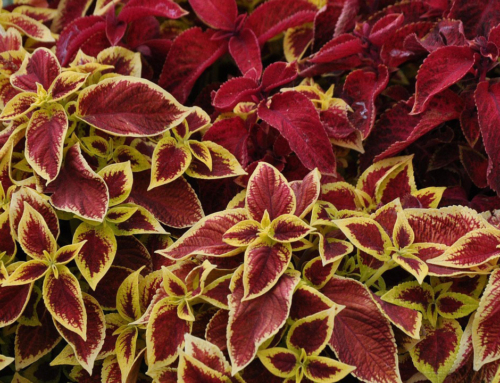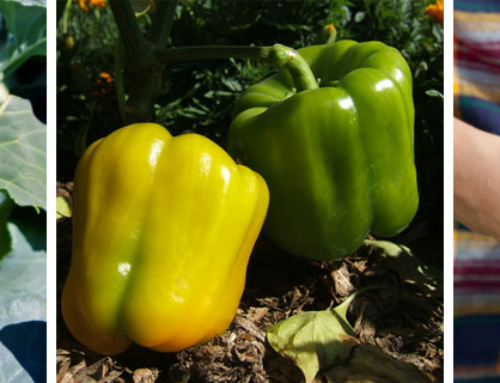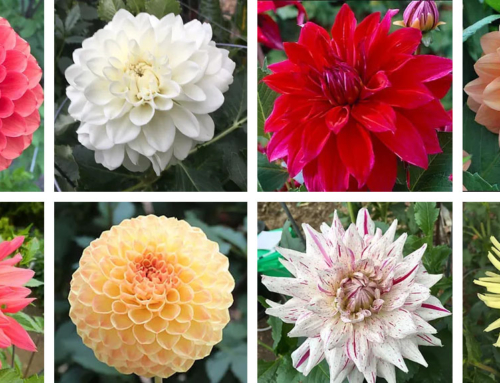Sei-Sui-Tei
Say what?? That happens to be the formal name for the Japanese garden at the Minnesota Landscape Arboretum. And what a garden it is. It’s an especially nice place to visit on a hot summer day, with its shady gardens, waterfalls and pond with Koi to entertain the kid in all of us.
So what makes a Japanese garden different than a “western” garden? The Japanese have a vastly different idea of what a garden should be. According to the designer; “with western gardens, what you see is what you get, but in a Japanese garden, you get more than what you see. It’s a much more profound and sophisticated type of esthetic.” Picture the annual gardens at the Arboretum; a riot of color filled with enthusiastic photographers and families ogling the jaw dropping beauty. Contrast it to the Japanese garden, which looks, well, green, and well trimmed.
Let’s look a little bit deeper. Besides these aesthetic preferences, the religions of Japan have deeply influenced Japanese garden styles. Zen Buddhism dictates that followers seek enlightenment through meditation and to see the garden as an environment to be gazed upon as an aid to mediation. The emphasis is on subtlety: on leaving something incomplete for the beholder to finish according to his or her own imagination.
Everything in the garden is symbolic. The pond symbolizes the ocean, and Tortoise Island (so named because of it’s shape) symbolizes longevity and happiness. The larger stone near the base of the waterfall looks like a boat or ship—the symbol of good fortune. The vertical stone at the waterfall’s base is a carp climbing the waterfall: the carp symbolizes power, strength and masculinity. A tiny water dividing stone at the top of the waterfall provides depth, to make the water look like it’s coming from far away.
You’ve probably just noticed an emphasis on stone. Stone arrangement in a Japanese garden is very serious business. They are the backbone of the Japanese garden. Stones are considered jewels; in fact a code governing the use of them has been developed and published in the so-called “secret books” of Japanese landscaping. Stones can actually be purchased at special stone stores. Japanese emperors even required feudal under-lords to donate their best stones as tributes!
A waterfall is nearly always the focal point in the garden as motion and sound are part of the equation. They are categorized by the way the water looks as it falls or how many little falls it breaks into. Plants are chosen for their symbolic meaning as well as their aesthetic qualities. Pine is the basic sculpture; an evergreen that symbolizes longevity. And, the whispering of the pine expresses the unspoken wish for a long and happy life.
A pagoda and a “snow-viewing lantern” can also be found in the garden. Both are made of carved granite, a natural and simple material, and not of cement. It’s called a “snow viewing lantern” because the best time to see the lantern is in the wintertime when snow is piled on top. A Japanese garden is designed for all four seasons! In fact snow is looked upon as a flower and called sekka or toka. The way it falls on branches or sculptures is very important to garden viewing.
There is certainly more to the Japanese garden than meets the eye. And, now, you know the rest of the story.
By Deb Revier, Hennepin County Master Gardener




